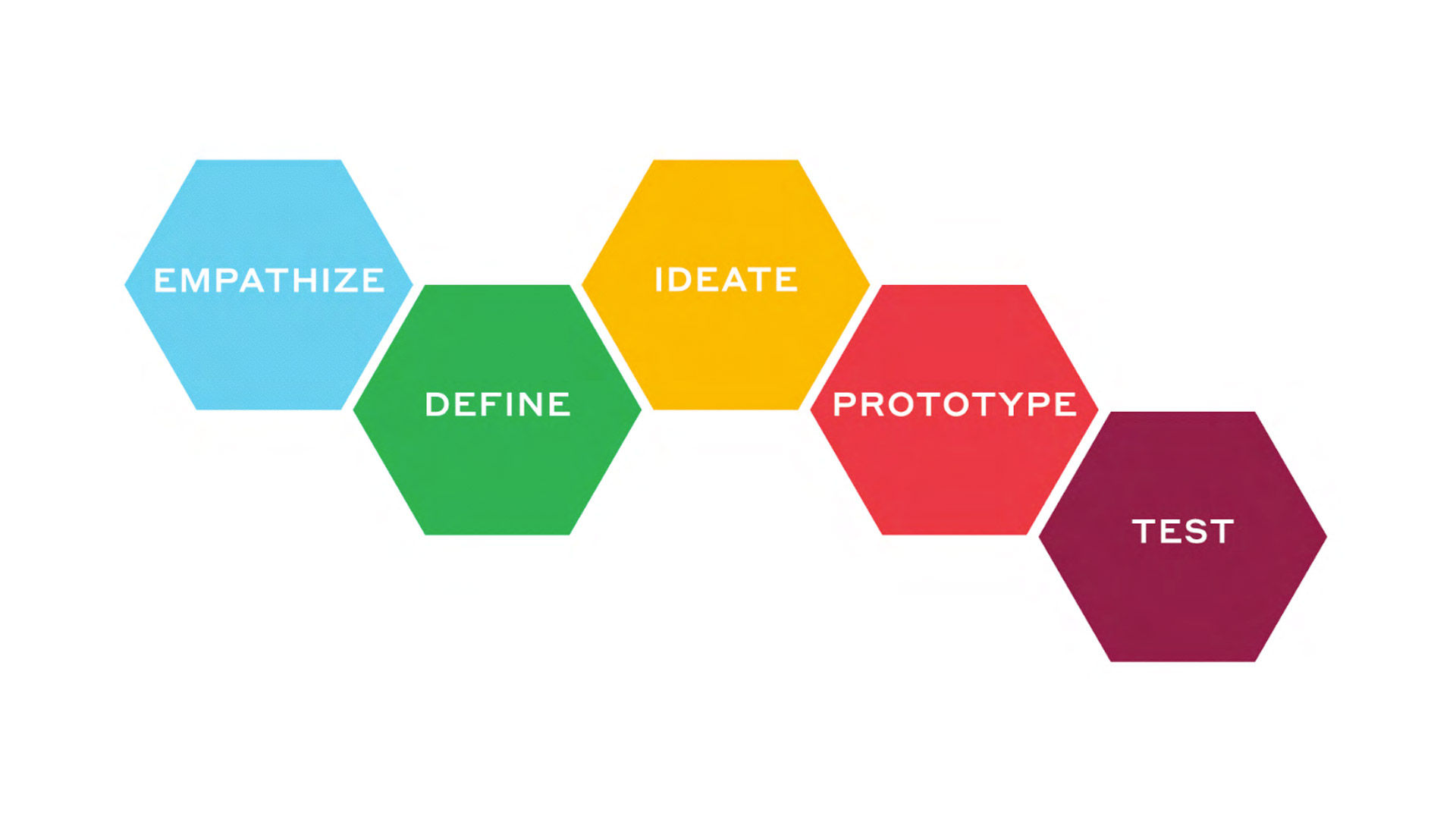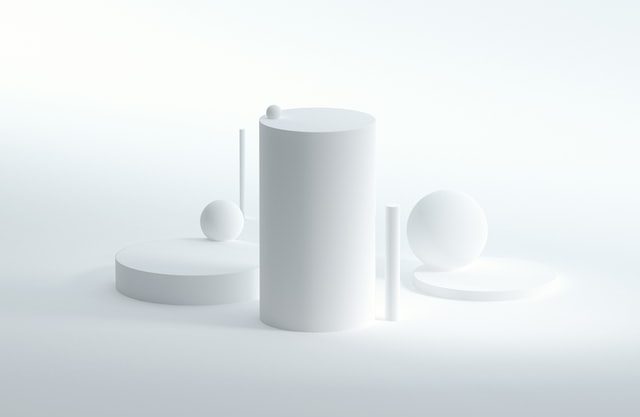Table Of Content

Designing for Public Services is a toolkit for policymakers and those who deliver public services, developed in collaboration with Nesta, a U.K. Innovation charity, and Design for Europe, a design and innovation program co-funded by the European Commission. We’ve developed designthinking.ideo.com in response to that request.
Design Thinking in Harvard Business Review
Secondly, there would be no benchmark or reference point for them to target. Consequently, they were able to appreciate the problems that the customers faced on their website. Images that were displayed for the hotel rooms were not up to the mark. In the Define stage, you will organize the information you have gathered during the Empathize stage. You’ll analyze your observations to define the core problems you and your team have identified up to this point. Defining the problem and problem statement must be done in a human-centered manner.
Designs on the Law - Harvard University
Designs on the Law.
Posted: Thu, 22 Jun 2023 04:49:27 GMT [source]
What is Ideation – and How to Prepare for Ideation Sessions
Herbert Simon’s 1969 book, "The Sciences of the Artificial," has one of the earliest references to design thinking. David Kelley, founder of the design consultancy IDEO, coined the term “design thinking” and helped make it popular. To keep up with recent developments in design thinking, read IDEO CEO Tim Brown’s blog.
Insightful Design Thinking Frameworks: A Quick Overview

While design thinking and agile teams share principles like iteration, user focus, and collaboration, they are neither interchangeable nor mutually exclusive. All design thinking activities—from empathizing to prototyping and testing—keep the end users front and center. Agile teams continually integrate user feedback into development cycles. In the “Ideate” phase, the team synthesizes the insights gained to brainstorm a wide array of creative solutions. This stage encourages divergent thinking, where teams focus on quantity and variety of ideas over immediate practicality. The goal is to explore as many possibilities as possible without constraints.
AI Can Make Our Climate Work More Human
One of the most popular Coursera courses, this class teaches you techniques to break up tough subjects and concepts. By emphasizing ways to make learning design easier and more effective, this class demonstrates the importance of a human-focused approach to learning. IDEO did not invent design thinking, but we have become known for practicing it and applying it to solving problems small and large.

Stage 2 in the Design Thinking Process: Define the Problem and Interpret the Results
Over the years, IDEO has also designed our own tools and kits to meet specific needs, such as the IDEO Method Cards which we created in 2003 to help our teams keep people's needs at the center of their work. In partnership with our sister company, IDEO.org, we developed the human-centered design toolkit, arguably the most comprehensive guide to the practices of design thinking. And IDEO.org created a travel pack of guiding cards to generate and direct design work. IDEO has also developed a toolkit to cultivate design thinking for educators. There are many celebrated designers of the past century who model this approach. Each of these individuals knew that to design well requires attention to context and consequences.
People sometimes use design thinking and human-centered design to mean the same thing. HCD is a formal discipline with a specific process used only by designers and usability engineers to design products. Design thinking borrows the design methods and applies them to problems in general. User experience expert Don Norman describes human-centered design (HCD) as a more evolved form of user-centered design (UCD). The word "users" removes their importance and treats them more like objects than people.
Teams often use design thinking and agile methodologies in project management, product development, and software development. These methodologies have distinct approaches but share some common principles. Design thinking is a concept that's been gaining popularity over recent years. Broadly, it's a way of taking a human-focused approach to design and problem-solving.
Test to learn
The team tests, iterates and refines these ideas based on user feedback. This stage is crucial for translating abstract concepts into tangible, viable products, services, or experiences. Designers draw on many different tools based on their particular approach, the constraints of the challenge, and the intended outcome of the work.
They claim their system is flexible and versatile so it can be used for any type of problem, in any type of setting. The process unfolds through either a single set of activities or a combination of multiple methods—the latter being required for more complex challenges. IDEO uses a different process and, while it only has three stages, it covers pretty much the same ground as the other processes in this compilation. The team at Airbnb decided that day should intervene and optimize the photographs for some of the hotels.
The particular gift of designers, however, is their ability to dive into practical creation by hand. The three combined create a holistic process which utilizes input from all of our faculties to be successful. If you’ve just started to embark on your journey into the field of design thinking, you may have noticed different frameworks cropping up here and there. This is nothing to worry about—it’s simply the result of different people’s perceptions of the design thinking process.
Allows for content and ad personalization across Google services based on user behavior. Permits storing data to personalize content and ads across Google services based on user behavior, enhancing overall user experience. Zack Onisko, CEO of Dribbble, calls design thinking the yin to lean startup’s yang.
They visited live locations and took high-quality photographs with digital cameras. After they uploaded this photograph for those properties they started analyzing the data. This and instant increase in the number of booking for these properties. Therefore they were able to find support for their proposed changes. Dekho now ask each of the hotel owners to try to put a photograph that was similar to their photographs.
IDEO also released a deck of IDEO Method Cards which cover the modes Learn, Look, Ask and Try—each with their own collection of methods for an entire innovation cycle. Designers have a unique blend of head, heart, and hand skills which combine to create holistic problem-solving abilities.
The key mindsets that ensure a team can successfully implement design thinking are. The second, solution-related diamond, begins with “Develop,” where the team brainstorms ideas. The final stage is “Deliver,” where the team tests the concepts and implements the most viable solution.

No comments:
Post a Comment